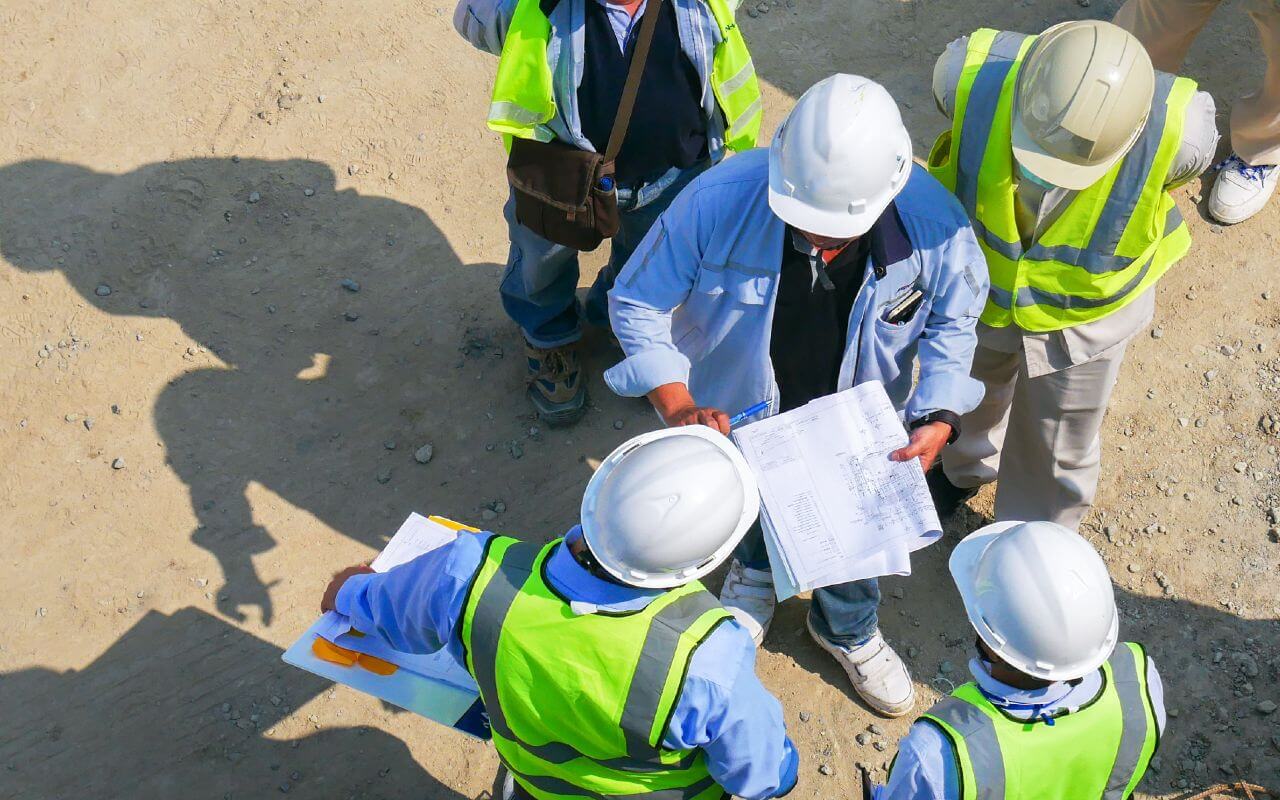The Government, through the 2022 Building Safety Act, has given itself powers to raise a levy on new residential buildings. Whilst much of this proposed levy remains unknown, the Government is shaping its thinking through its latest public consultation. And with the consultation closing on 7 February, now is the last chance to make sure your voice is heard, says Lindsay Garratt and Colette McCormack
The proposed Building Safety Levy is designed to raise funds for building safety remediation with the aim to ‘protect the taxpayer and leaseholders from paying to fix problems they did not cause’. Instead, the levy will apply to developers who seek to construct new residential buildings requiring building control approval.
Despite an earlier public consultation in 2021, detail of the proposed levy remains unknown. This latest consultation still leaves many questions unanswered but does begin to set out the Government’s direction of travel.
Perhaps the most significant change announced via the consultation is that the levy will no longer apply solely to higher rise buildings, confirming a significant expansion in scope.
The levy will apply to all new residential developments that require building control irrespective of where the developer is based. There are, however, some notable exceptions that include affordable housing, residential care homes/NHS facilities and developments under 10 units. A significant discounted levy rate is also proposed for the remainder of development containing affordable homes.
Developers of build to rent, later life housing and student accommodation will need to wait for further clarification from the Department for Levelling Up, Housing and Communities (DLUHC) to see if the levy or any discounts will apply.
The big unanswered questions are how the levy will be calculated and how much it will cost developers?
There remains no indication of the amount that will be charged, but two options are proposed on how it will be calculated. The levy may be applied either on a ‘per unit’ basis – that is per dwelling in a development – or a ‘per square metre basis. The Government would set the rate centrally, but different rates could then apply based on local authority boundaries (the Government’s preferred approach) or regions to reflect land value and average house prices, and on whether the site is brownfield or greenfield.
It is proposed that the levy will be paid at two stages of the construction process. A first charge of 60% will be payable when notice is given of intention to commence works with the remaining 40% prior to completion of building control. It is hoped this approach will permit recalculation of charges should changes be made to developments during construction. The relevant local authority will be the collection agent.
Payment of the levy will be a compulsory part of the building control process. If unpaid, developers will not be able to move on to the next stage of the building process, including withholding of final certification. Stop notices may be issued by local authorities if the levy payment is not received within prescribed timeframes. Unspecified financial penalties are also currently being considered for non-payment.
Increasing development burden
It is anticipated that the levy will come into force towards the end of this year but will require secondary legislation. DLUHC suggest that transitional arrangements will be put in place for the first year in relation to developments that have already commenced, and a possible grace period for those projects that have already entered the building control process.
DLUHC estimates that £3 billion will need to be raised to remediate cladding in buildings over 11m in height in addition to commitments already made by developers and the government. It appears that the levy will be enforced until the £3 billion has been collected, subject to review of rates and implementation procedure every three years. But ‘levy creep’ is a real concern with no commitment to axing the levy when the £3 billion has been raised.
There are genuine and valid concerns over the increasing financial burden on developers, and this has not gone unacknowledged by DLUHC in its consultation. It has requested specific comment on the possible cumulative impact of the new levy in connection to existing charges on the building industry, including the Community Infrastructure Levy and Residential Development Property Tax.
This is in addition to other development charges that now apply, including carbon offset contributions, the forthcoming biodiversity net gain requirements and, in certain, geographical areas, requirements for water and nutrient neutrality, on top of other site specific S106 impact mitigation measures.
Whilst the Government is seeking to exclude developments of less than 10 units from this levy, the financial burden of these cumulative costs may prove too much for some developers. This in combination with the removal of the mandatory housing targets may result in declining housing delivery.
The consultation seeks views and evidence on the high-level design principles of the levy with submissions informing government decisions on its operational design and the secondary legislation which will specify its details. The consultation closes at midnight on 7 February, and it is crucial that your voice is heard.
This article originally appeared in Housing Today.



